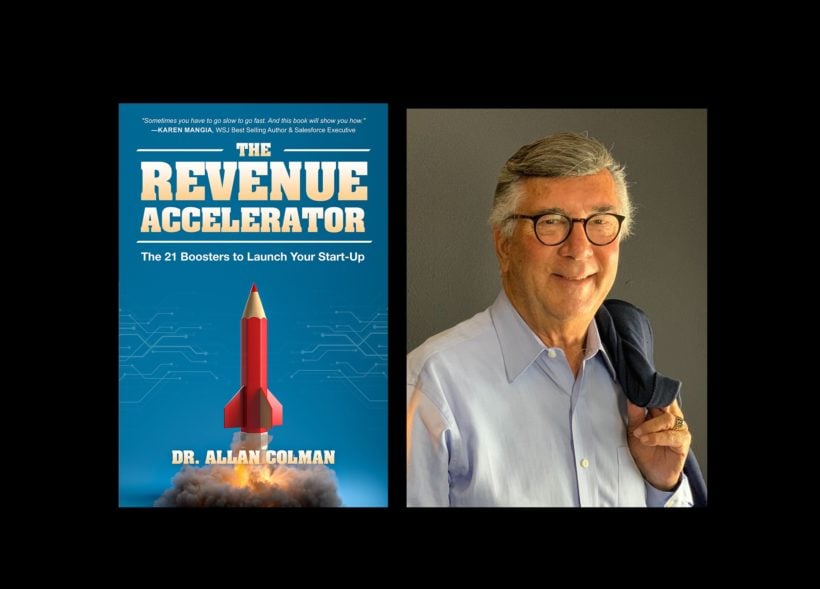Today’s marketing strategies prove significantly different than those from only a few decades ago. Now, while mostly virtual, they represent just a new tool, and aren’t always fully understood when attempting to separate outreach efforts to the current four generations of clients and consumers.
Two decades ago, the main approach to marketing was “throwing Jell-O against the wall” and hoping some of it stuck onto prospects. Now we have much-improved knowledge of what works and the tools needed for measuring results so we can cultivate successful approaches and discard those not fulfilling our objectives. Yet, at the same time, it’s essential to understand the optimum tactics for reaching each of the four generations in today’s marketplace.

The differences between the four generations are noteworthy.
Solutions-oriented Boomers. Today’s Baby Boomers fall within the age range of 55 to 73. They are hard workers and are the first generation that’s seen a significant number of women in the workforce. This group wants to hear solutions.
Work/life balance-seeking Gen-Xers. The Gen-Xers range in age from 38 to 54. Theirs is the first generation to closely examine ways to find balance between work and non-work life. They actively push for this balance from employers and have been able to really enjoy their lives. They prefer value-based selling — selling the values defined by the brand by converting them to the customer’s needs.
Casual Millennials. Gen-Y (Millennials) now fall between the ages of 25 to 39. They’re impatient, remote in their manner and deal casually with people. They’re environmentally and globally concerned. Addressing these concerns will add strength to any sales approach. They prefer digital marketing and want to buy digitally.
Gen-Z digital natives. Gen-Z, the “I” Generation, are those ages 24 and younger. They have some overlapping beliefs and approaches with younger Millennials. A very pragmatic group, they’re digitally programmed and are great multitaskers. It’s not out of the question to meet 24-year-old millionaires. Selling on social media is their milieu.
Should Your Business Use Conversational Marketing?
Whichever is the target group or combined groups, refinements will need to be made accordingly regarding how to provide information, give presentations, and share proposals. Learning to apply the different preferences represented within the four generations will hit the target — while taking a one-size-fits-all approach will result in a miss.
- Learn the preferred method for communication. Virtual and electronic communications have all made it much easier to stay in touch with customers. Many Baby Boomers and Gen-Xers value old-fashioned face-to-face meetings. Zoom is one way to achieve this. Asking prospects how they prefer to receive information — via text, email, phone call or in-person — can be a very fruitful discussion leading to future promising interactions. Employing their preferred communications mode means a greater likelihood they will see and respond to queries, which can lead to uncovering useful information about the prospect’s needs and challenges. Finding alignment between the prospect’s needs with the selling organization’s values provides a good chance to convert the outreach into a sale.
- Extend into other generations. Sales representatives must learn to sell to those outside their own generation. The way in which approaches are received differs greatly from generation to generation. As a rule, understand how Boomers prefer solutions-oriented selling, Gen-Xers want value-based selling and some digital selling, Millennials prefer digital, while Gen-Zers are almost exclusively via social media.
- Consider the audience on the receiving end. Another concern is considering how the message sent will be received by members of different generations. Reviewing how words, phrasing and translations might be decoded by the receiver is a step often overlooked in the rush to market and sell. A telling example is when Kentucky Fried Chicken opened its first stores in China. Their slogan, “Finger lickin’ good” was translated as “Eat your fingers.”
- Utilize a range of tactics. In making a pitch to a team composed of a mix of generations, identify all the various techniques available and select those that include the most potential to win that diverse team. Known as the Force Multiplier Effect, it emphasizes that more than one tactic must be employed. One that’s often overlooked today is the in-person meeting. Winning a contract usually takes more than one kind of approach.
Spend time researching the demographic details of each group representing today’s four generations of buyers. Take special note of their differences. It’s important to know when sealing a deal with a handshake in person may be best for specific clients or customers.
7 Simple Reasons Your Social Posts Are Falling Flat
Allan Colman’s book, “The Revenue Accelerator: The 21 Boosters to Launch your Startup,” can be purchased via StartupNation at the link below.






